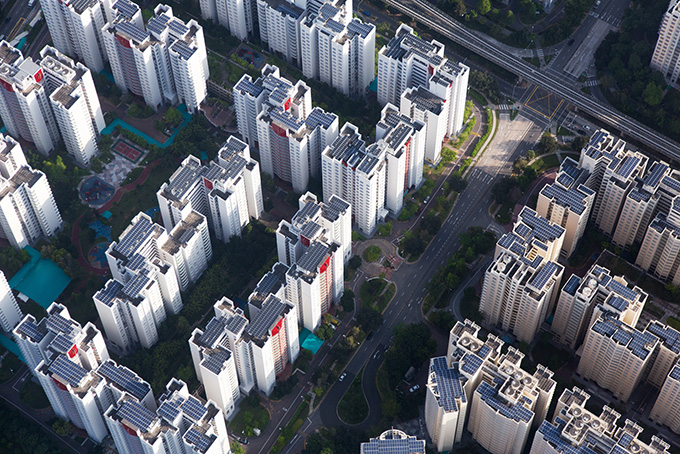The ’80s are often seen as a golden era for Singapore, ushering in our transformation from third world to first—a transition that has since been burnished into legend all around the world. But at the beginning of the decade, Singapore was still merely a 16-year-old fledgling struggling with stalled productivity and growth. At that time, Apple, too, was in its infancy and still a long way off from the dominant tech leader it is today.
But Singapore and Apple recognised in each other a kindred spirit, with a shared determination and mutual ambition to ascend to the world’s loftiest heights. And so in 1981, Apple opened its first Singapore office with 72 employees and manufacturing focused on the Apple II. Today, Singapore is the base of Apple’s Asia-Pacific operations, with over 55,000 jobs supported by the tech giant’s ecosystem. Local independent developer Might Bear Games is one such beneficiary, having tapped into the iOS app capabilities for its creation “Butter Royale”: a family-friendly multiplayer game that consistently ranks in the top 20 Apple Arcade games globally and features elements familiar to any Singaporean, such as durian, pineapple tarts, and kueh.

As Singapore has grown, so has Apple—a parallel, symbiotic partnership that reached its 40th anniversary this year. That this is a key milestone worth celebrating is undeniable, but in the famed words of Steve Jobs, the late Apple co-founder, one should always aim towards two things in life: Stay hungry, stay foolish. While Singapore seeks to constantly push the boundaries of innovation and embrace a high-tech vision for the future, Apple is right beside us, working ceaselessly to not just leverage the talent in its Asia-Pacific headquarters, but to also help groom them.

These days, Singapore is home to not just 3,500 Apple team members representing over 50 nationalities, but also five Apple Distinguished Schools. At these institutions, including Madrasah Alsagoff Al-Arabiah, Singapore’s oldest Islamic education institution for girls, tech devices are integrated into classroom learning and coding skills are woven into the curriculum. These coding initiatives have since been expanded as part of Apple’s Swift Accelerator program to other schools such as the Singapore University of Technology and Design and Pathlight School for children with autism, sparking off a new digital revolution among our next generation.

Besides education, Apple is also investing in Singapore’s future in a multitude of other ways. For one, it wants to ensure there is a future by raising awareness of the climate crisis and becoming the first local company to be powered completely by renewable energy. For another, Apple is partnering with the Health Promotion Board to encourage healthy habits in Singaporeans through personalized reminders, programs, coaching, and incentives on its Apple Watch and iPhone.

The past 40 years of partnership have helped launch both Apple and Singapore to the apex of the world, and who knows what new exciting developments the next 40 years will bring? But when like recognises like and might matches might, we can rest assured that the result will be nothing short of spectacular.





